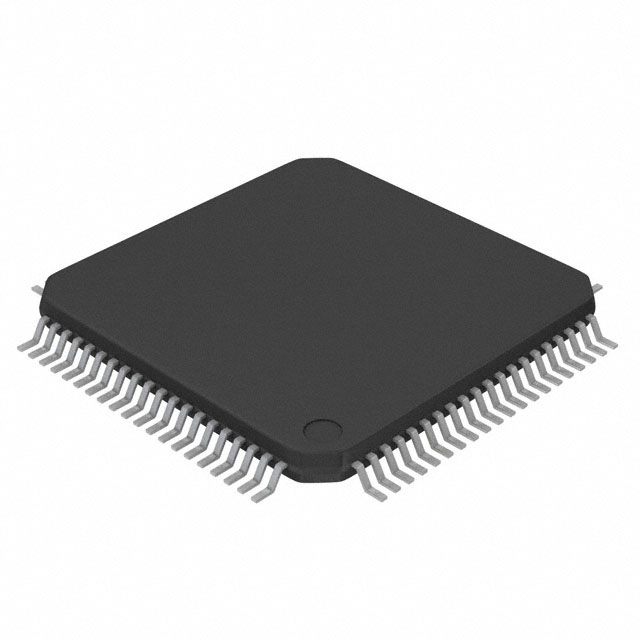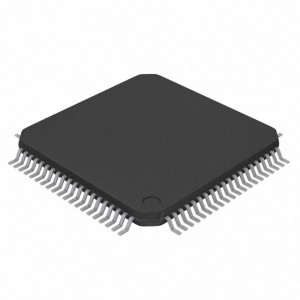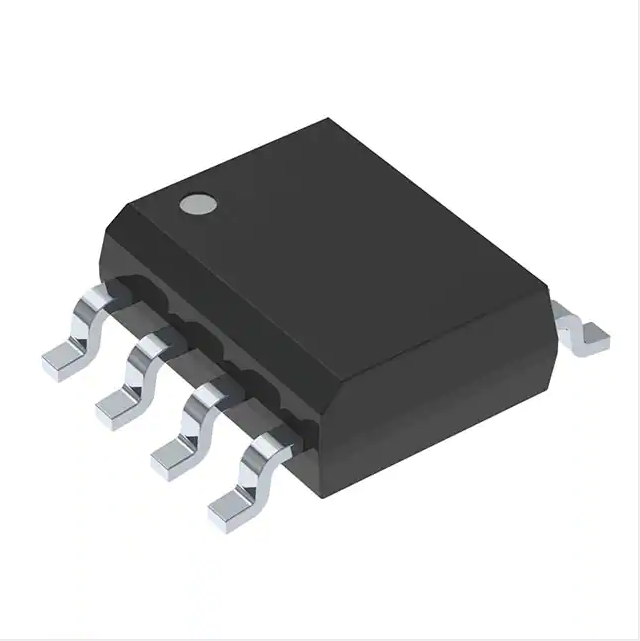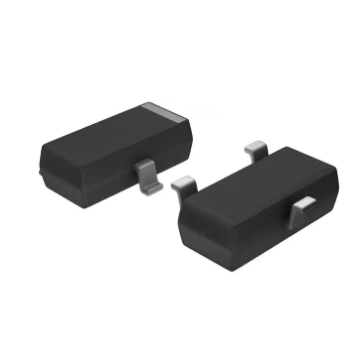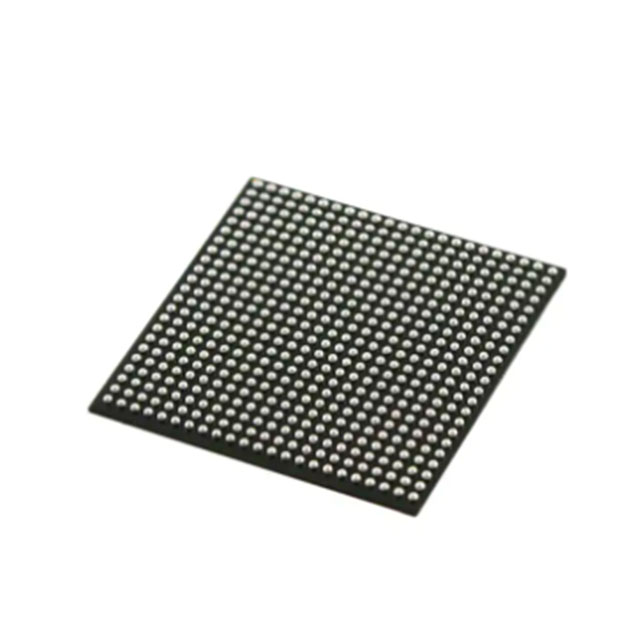TMS320F28034PNT Original Integrated Electronics/Component/Circuit In Stock IC Chip
An internal voltage regulator allows for single-rail operation. Enhancements have been made to the HRPWM to allow for dual-edge control (frequency modulation). Analog comparators with internal 10-bit references have been added and can be routed directly to control the PWM outputs. The ADC converts from 0 to 3.3-V fixed full-scale range and supports ratio-metric VREFHI/VREFLO references. The ADC interface has been optimized for low overhead and latency.
Product Attributes
|
TYPE |
DESCRIPTION |
|
Category |
Integrated Circuits (ICs) Interface - Serializers, Deserializers |
|
Mfr |
Texas Instruments |
|
Series |
Automotive, AEC-Q100 |
|
Package |
Tape & Reel (TR) Cut Tape (CT) Digi-Reel® |
|
Part Status |
Active |
|
Function |
Serializer |
|
Data Rate |
2.975Gbps |
|
Input Type |
FPD-Link, LVDS |
|
Output Type |
FPD-Link III, LVDS |
|
Number of Inputs |
13 |
|
Number of Outputs |
1 |
|
Voltage - Supply |
3V ~ 3.6V |
|
Operating Temperature |
-40°C ~ 105°C (TA) |
|
Mounting Type |
Surface Mount |
|
Package / Case |
40-WFQFN Exposed Pad |
|
Supplier Device Package |
40-WQFN (6x6) |
|
Base Product Number |
DS90UB927 |
Classification
General Classification of the MCU
MCUs can be classified in different ways.
(a) 8-bit, 16-bit, and 32-bit machines according to data bus width.
(b) They can be classified according to memory architecture as Harvard architecture and Von Neumann architecture.
(c) According to the type of embedded program memory they can be classified as OTP, Mask, EPROM/EEPROM, and Flash memory Flash.
(d) According to the instruction structure they can be divided into CISC (Complex Instruction Set Computer) and RISC (Reduced Instruction Set Computer).
Conponent Parts
Although most of the functions of a microcontroller are integrated on a small chip, it has most of the components needed for a complete computer: CPU, memory, internal and external bus system, and nowadays most will also have external memory. It also integrates peripheral devices such as communication interfaces, timers, real-time clocks, and so on. The most powerful microcontroller systems today can even integrate sound, graphics, networking, and complex input and output systems on a single chip.
Functions
Functions of the MCU
In industrial applications, the role of the microcontroller is to control and coordinate the activities of the entire device, which usually requires a program counter (PC), an instruction register (IR), an instruction decoder (ID), timing and control circuits, as well as pulse sources and interrupts.
Applications
Applications of Microcontrollers
Microcontrollers are best suited to embedded systems than dedicated processors, and as a result, they have gained the most use. Microcontrollers are the most numerous computers in the world. Almost every electronic and mechanical product used in modern human life has a microcontroller integrated into it. Mobile phones, telephones, calculators, household appliances, electronic toys, handheld computers, and computer accessories such as mice are all equipped with 1-2 microcontrollers. Personal computers also have a large number of microcontrollers in operation. The average car has more than 40 microcontrollers, and complex industrial control systems may even have hundreds of microcontrollers working at the same time! The number of microcontrollers not only far exceeds that of PCs and other computing combined, but is even greater than the number of human beings.
It can be said that microcontrollers are used in a wide range of fields, such as smart meters, real-time industrial control, communication equipment, navigation systems, household appliances, and so on. Once a variety of products with a microcontroller, it can play a role in upgrading the effectiveness of the product.






